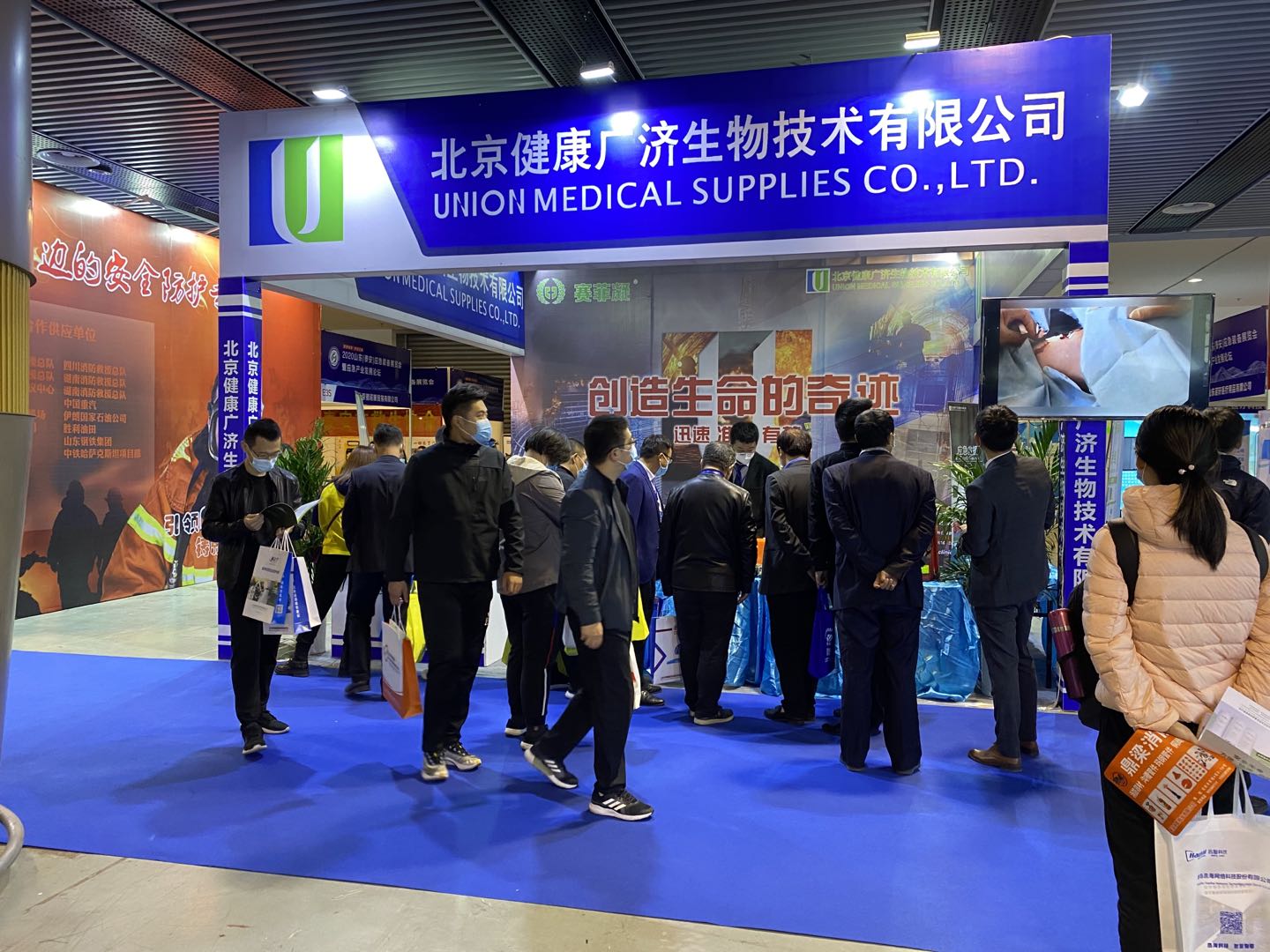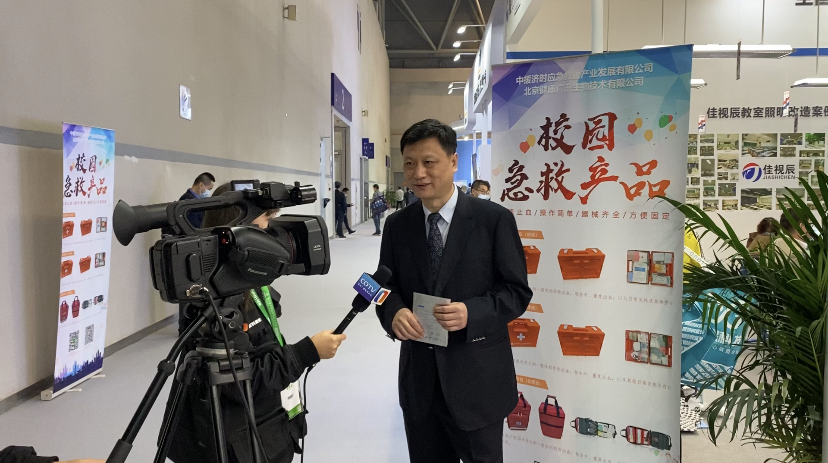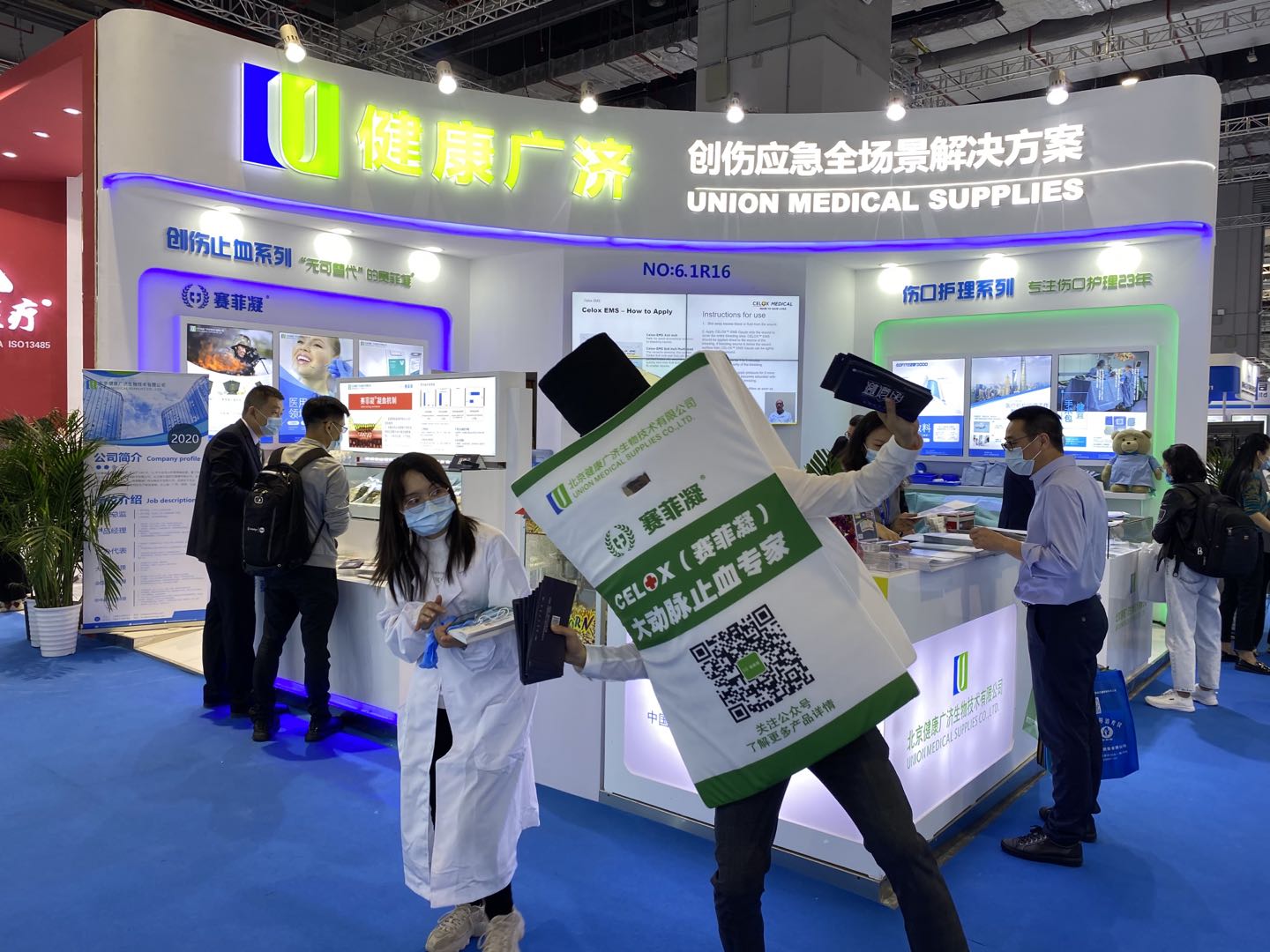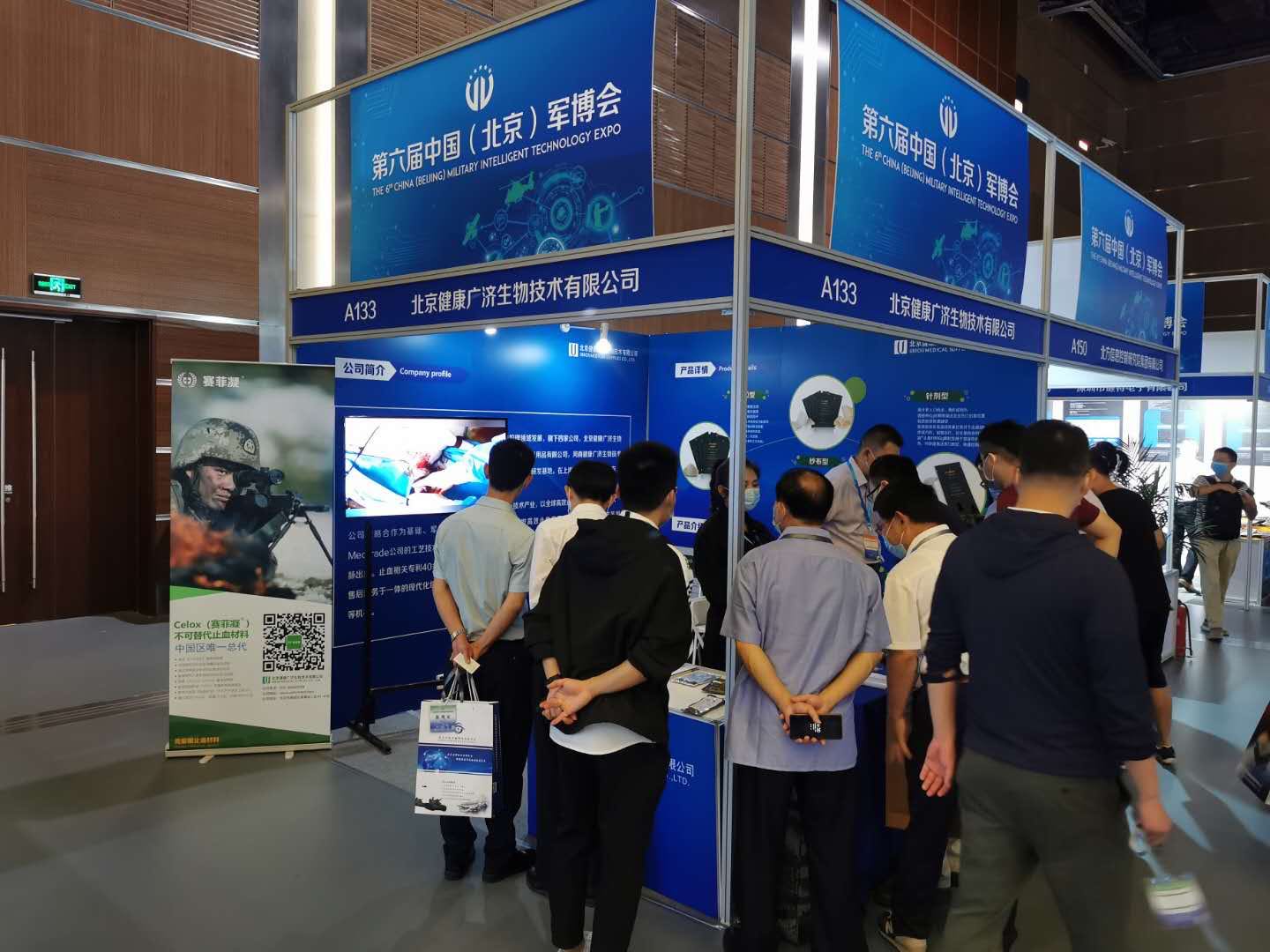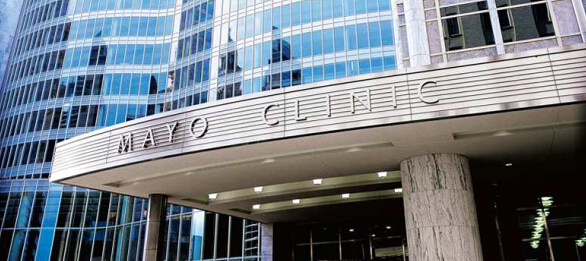Major Breakthrough! Medical Education Reform to Move Forward
The collaboration between medical education and healthcare institutions in advancing medical education reform and development, strengthening medical talent cultivation, is a fundamental project for improving medical and health service levels, an important task for deepening reforms to the medical and healthcare system, and an important guarantee for advancing the construction of a healthy China.
On July 10, 2017, the 2017 National Medical Education Reform and Development Conference was held in Beijing. Li Keqiang, Member of the Standing Committee of the Political Bureau of the Central Committee of the Communist Party of China and Premier of the State Council, made an important instruction. The instruction pointed out: Talent is the primary resource for the health and wellness industry. Collaboration between medical education and healthcare institutions in advancing medical education reform and development is of great significance for strengthening the medical talent team and better safeguarding the health of the people.
The day after Premier Li Keqiang made the instruction, on July 11, at about 8 PM, the Chinese Government website released "Opinions of the General Office of the State Council on Deepening Medical-Education Synergy and Further Promoting Medical Education Reform and Development" (hereinafter referred to as the "Opinions"), which states that by 2020, a clinical medical talent training system will be basically established, mainly based on "5+3" (5 years of undergraduate clinical medicine education + 3 years of standardized training for resident physicians or 3 years of clinical medicine master's professional degree postgraduate education) and supplemented by "3+2" (3 years of clinical medicine specialized education + 2 years of assistant general practitioner training).
Clear objective: "5+3" as the main body and "3+2" as a supplement
The "Opinions" point out that by 2020, breakthroughs will be made in the reform of the management system and mechanism of medical education, the incentive mechanism for the use of medical personnel will be improved, and a clinical medical talent training system will be basically established, mainly based on "5+3" (5 years of undergraduate clinical medicine education + 3 years of standardized training for resident physicians or 3 years of clinical medicine master's professional degree postgraduate education) and supplemented by "3+2" (3 years of clinical medicine specialized education + 2 years of assistant general practitioner training). The training of urgently needed personnel in general practice, pediatrics, and other areas will be strengthened; coordinated development of personnel training in public health, pharmacy, nursing, rehabilitation, and medical technology will be achieved; the quality of training will be significantly improved; and the supporting role of the medical and health industry will be significantly enhanced.
By 2030, the policy environment for medical education reform and development will be further improved, a standardized and normalized medical talent training system with Chinese characteristics will be more complete, and the medical talent team will basically meet the needs of building a healthy China.
Clear path: Standardized and normalized training system
The "Opinions" require accelerating the construction of a standardized and normalized medical talent training system to comprehensively improve the quality of talent training.
In terms of improving the quality of the student source, undergraduate clinical medicine and traditional Chinese medicine majors will gradually achieve first-batch enrollment. The scale of single-point enrollment for undergraduate clinical medicine majors in medical colleges and universities will be strictly controlled. Central government-affiliated colleges and universities that conduct medical education will be encouraged to moderately expand the enrollment scale of undergraduate medical majors, increasing the supply of high-quality talent.
In terms of raising the level of medical professional higher education, rural medical and traditional Chinese medicine programs at the secondary vocational level should gradually reduce the enrollment scale of junior high school graduates and gradually shift to improving the capabilities and educational levels of in-service rural doctors. After 2020, enrollment in rural medical and traditional Chinese medicine programs at the secondary vocational level will be gradually discontinued. According to industry needs, the enrollment scale of high vocational (specialized) clinical medicine majors will be strictly controlled, focusing on training assistant general practitioners for rural grassroots levels. Undergraduate education in medical majors will be steadily developed. The structure of nursing vocational education will be adjusted and optimized, and the development of high vocational nursing education will be vigorously promoted.
In terms of deepening the reform of medical education in colleges and universities, the fundamental status of the five-year clinical medicine and traditional Chinese medicine education will be consolidated. The reform of clinical medicine, stomatology, and traditional Chinese medicine professional degree postgraduate education will be deepened. Examinations and admissions will strengthen the examination of clinical medical professional qualities and clinical capabilities; the clinical training content and time will be comprehensively optimized, promoting organic integration between master's professional degree postgraduate education and standardized training for resident physicians; and cultivation of clinical research thinking and analytical application capabilities of master's professional degree postgraduate students will be strengthened; the thesis can be a research report, a summary of clinical experience, a clinical efficacy evaluation, evidence-based research of professional literature, a literature review, or experimental research addressing clinical problems. The number and enrollment scale of eight-year medical education universities will be strictly controlled, and the exploration of a compound, high-level medical talent training model and support mechanism with a broad foundation and strong integrated clinical capabilities will be actively promoted.
In terms of establishing and improving the post-graduate medical education system, the standardized training system for resident physicians will be implemented and accelerated; the incentive mechanism for clinical teaching will be improved; teacher training will be strengthened; training process management and graduation examinations will be strictly implemented; continuous improvement of training quality will be maintained; and the training qualification certificate will be valid nationwide.
Active exploration and improvement of methods for personnel who receive standardized training for resident physicians and specialized physicians to obtain clinical medicine, stomatology, and traditional Chinese medicine master's and doctoral professional degrees will be promoted. The standards, duration, and examination requirements for standardized training of resident physicians and specialized physicians will be adjusted and improved, and a unified and standardized post-graduate medical education system will be gradually established.
In terms of improving the continuing medical education system, all-staff continuing medical education will be strengthened, and a lifelong learning system will be improved. Distance education will be vigorously developed, and support will be provided for the establishment of a health education and training cloud platform based on the National Open University of Health and Medical Care and supported by the China Health and Medical Education MOOC Alliance.
In terms of strengthening the evaluation of medical education quality, a sound medical education quality assessment and certification system will be established, and personnel training will be included as important content in the performance appraisal of public hospitals and in the annual and term goals and responsibilities of hospital directors.
Effective matching of supply and demand
Establish and improve a mechanism for balancing the supply and demand of medical personnel. Coordinate the needs of various types of medical personnel in the health and wellness industry, formulate a plan for cultivating health and wellness personnel, and strengthen the training of urgently needed personnel in general practice, pediatrics, obstetrics and gynecology, psychiatry, pathology, geriatrics, public health, nursing, midwifery, rehabilitation, and mental health.
Strengthen the training of grassroots medical and health personnel, focusing on general practitioners. Increase the intensity of general practitioner training through various channels, including standardized training for resident physicians, training for assistant general practitioners, and retraining. Improve the policies for training students in designated programs, encourage provinces with the conditions to actively explore methods for targeted recruitment based on the examinee's household registration and county, include all undergraduate graduates in standardized training for resident physicians in general practice, and appropriately expand the scale of training according to needs; strictly manage contract fulfillment; promptly implement job positions and salary and benefits; and encourage local areas to explore the implementation of a "county management, township use" personnel management system (management by the county hospital and use by the township health center).
Strengthen the training of traditional Chinese medicine personnel. Promote the reform of traditional Chinese medicine education in a classified manner, moderately increase the number of traditional Chinese medicine colleges and universities that recommend qualified graduating undergraduates for exemption from the entrance examination for postgraduate studies as "5+3" integrated enrollment colleges and universities, and promote the integration of traditional Chinese medicine college education and standardized training for resident physicians in traditional Chinese medicine. Establish and improve the system for western medical professionals to learn traditional Chinese medicine, encourage graduates of clinical medicine majors to pursue traditional Chinese medicine professional degrees, and encourage western medical professionals to leave their jobs to study traditional Chinese medicine.
Improve talent use incentive policies
Enhance the attractiveness of careers in the medical and health industry. Deepen the reform of the medical and health system, straighten out medical service prices, reasonably reflect the professional and technical labor value of medical personnel, accelerate the establishment of a personnel and salary system adapted to the characteristics of the industry, attract excellent personnel to engage in medical and health work, especially in urgently needed professions such as general practice, pediatrics, psychiatry, and public health.
Establish and improve a talent evaluation mechanism that conforms to the characteristics of the industry, adhere to the principle of both moral character and ability, focus on evaluating talent based on ability, achievements, and contributions, and overcome the tendency to value only educational background, qualifications, and papers. Graduates with a bachelor's degree or above who have completed standardized residency training and work in primary-level medical and health institutions (in Xinjiang, Tibet, and the four Tibetan areas, this can be relaxed to county-level medical and health institutions, hereinafter the same) can directly participate in the intermediate professional title examination. Those who pass the examination will be directly appointed to intermediate professional titles, increasing the proportion of intermediate and senior professional and technical positions in primary-level medical and health institutions.
(Source: China Government Website)
Hot News
Shandong Exhibition: October 27, 2020
Release time:
2021-03-26
Shanghai Exhibition: October 19-22, 2020
Release time:
2021-03-26
Beijing Military Museum Exhibition: September 22, 2020
Release time:
2021-03-26
Poor medical device sales aren't always due to lacking sales skills.
Release time:
2018-09-26


